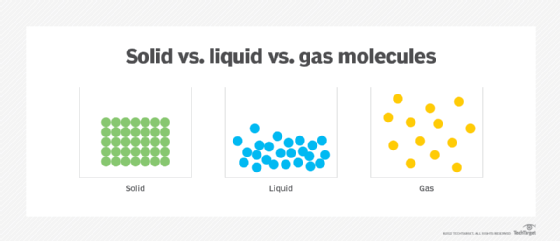specific gravity
What is specific gravity?
Specific gravity, more formally known as relative density, is a measure of the density of a substance in comparison to the density of water. For solids and liquids, specific gravity is generally measured in relation to water at its densest state (at temperatures of 4 Celsius or 39.2 Fahrenheit), and for gases to room Temperature air. Because it is a ratio, it is given without units. Specific gravity can be shortened to SG or Sp. Gr.
Items change density depending on temperature and atmospheric pressure. For scientific purposes the temperature and pressure must be controlled and shown for accurate specific gravity measurements.
Specific gravity will show whether something will float or sink. Solids and liquids are measured against water, so if the specific gravity is less than one it will float, if it is higher than one it will sink. A gas is measured against Earth's air, so if the gas's specific gravity is lower than one it will float in air. For example, most pure alcohols have a density of about ~0.8, so alcohol floats on water. The specific gravity of methane compared to air is ~0.55, so it will rise in the atmosphere. The specific gravity of hydrogen is ~0.07 and helium is 0.14, so they can be used to make lighter than air dirigibles.

How to calculate and measure specific gravity
If the density of a substance is known, to calculate the specific gravity of a substance simply divide the density of the substance by the density of water or air. Because the density of water is 1000 kg/m3 or 1 g/cm3, it is simple to calculate. The density of air is 1.205 kg/m3.
Measuring specific gravity is often easier without measuring the volume and only dealing with weight or in relation to a known density.
A hydrometer is a popular way to measure the specific gravity of a liquid. A hydrometer is a bulb attached to a stalk with measurement markers that floats in water. By measuring how far the stalk is submerged in the target liquid compared to a reference liquid, the relative density of the two can be determined.
A pycnometer is another way to measure density of a liquid while controlling for volume. It is a glass bottle with a tight-fitting top that allows any excess fluid to escape. When the pycnometer is full its total weight compared to when it is full of a known fluid can give the relative density of the two fluids. A solid can also be placed in the pycnometer that is full of water; by measuring the weight of the displaced water compared to the weight before, the relative density of the object can be determined. A gas pycnometer can also measure the relative density of gases.
Uses of specific gravity
Specific gravity has long been used in the production of alcohol. By measuring the relative density of the fermentation base before and after fermentation, the amount of sugar that was converted to alcohol, the alcohol by volume (ABV) level can be determined.
Specific gravity has many uses in geology and construction. The specific gravity of soil is important in determining its load-bearing capability. It is also used in determining cement mixtures. Because it is easy to measure the relative density compared to water, it can be used in the field to determine the composition of rocks and gems.
The specific gravity of urine can be used to determine the concentration of particles in the urine, indicating the possible presence of several medical conditions.
In working with metals, immersion cooling fluids will have specific gravity of less than one because they are based on hydrocarbon fluids.
See also: Table of Physical Units, state of charge, standard temperature and pressure, impedance, coulombs, water cooling, matter, compound, proton, neutron, dielectric material, conductor
